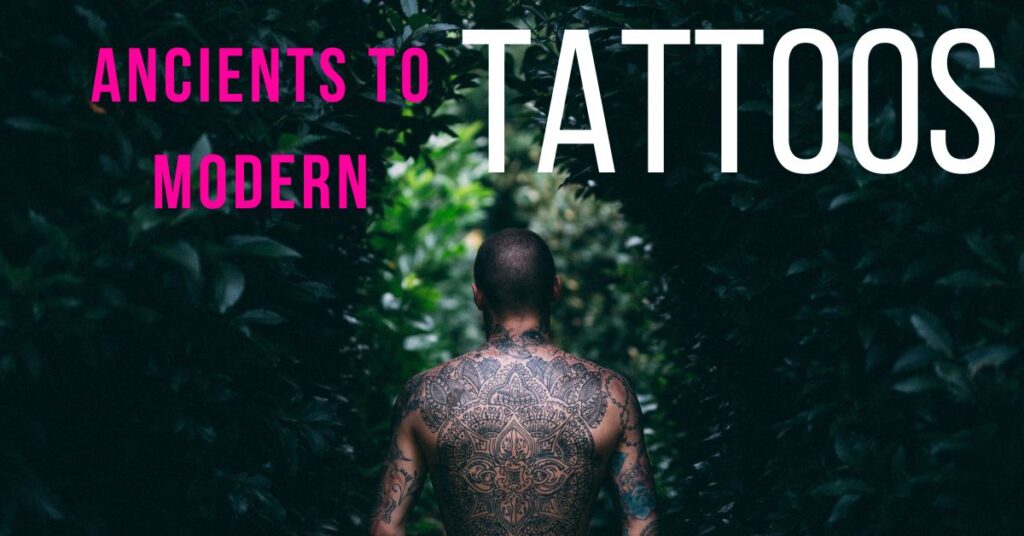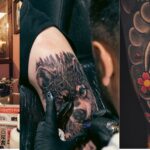Tattoos have a wealthy history that ranges societies, landmasses, and centuries. They have advanced from old tribal hones to a unmistakable shape of cutting edge craftsmanship. In this article, we will dig into the captivating travel of tattoos, investigating their verifiable roots and social centrality. By the conclusion, you’ll have a comprehensive understanding of how tattoos have formed and been molded by different societies.
The Beginnings of Tattoos
Ancient Traditions
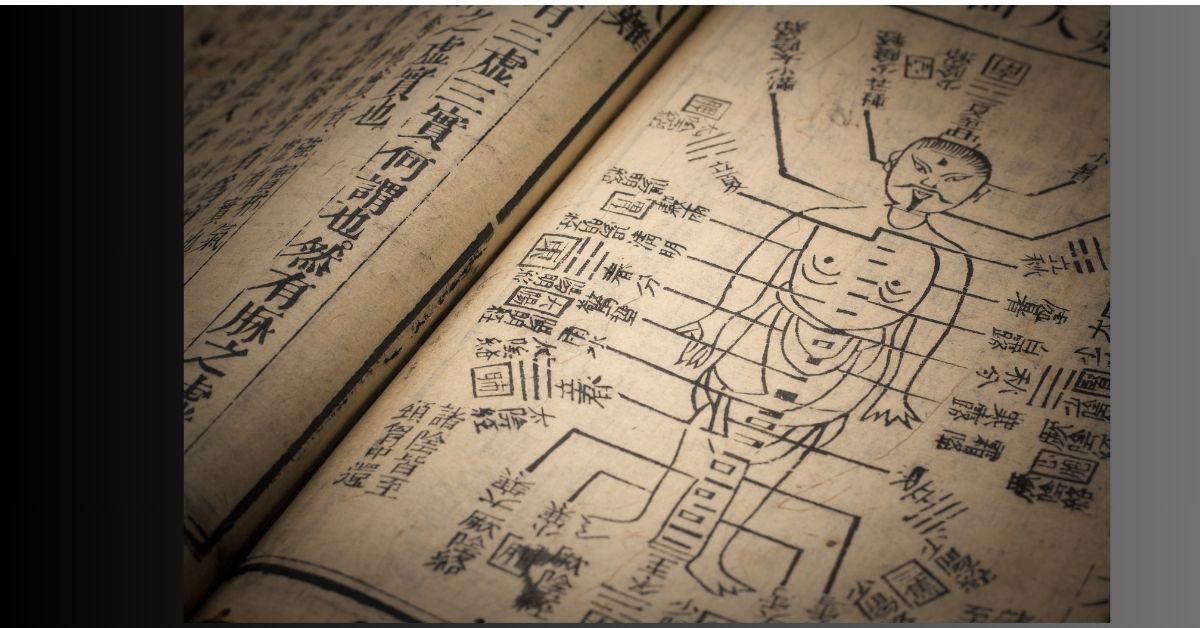
Tattoos have been a portion of human culture for thousands of a long time. The most punctual prove of inking dates back to around 3370-3100 BC, with the revelation of Ötzi the Iceman, whose embalmed body bore 61 tattoos. These old tattoos were likely utilized for helpful purposes, as they were found on ranges of the body related with needle therapy points.
In antiquated Egypt, inkings were fundamentally related with ladies. Mummies dating back to around 2000 BC have been found with tattoos, frequently portraying images of richness and assurance. Essentially, in antiquated China, tattoos were utilized to stamp offenders and slaves, serving as a shape of discipline and social stigma.
Polynesian Culture
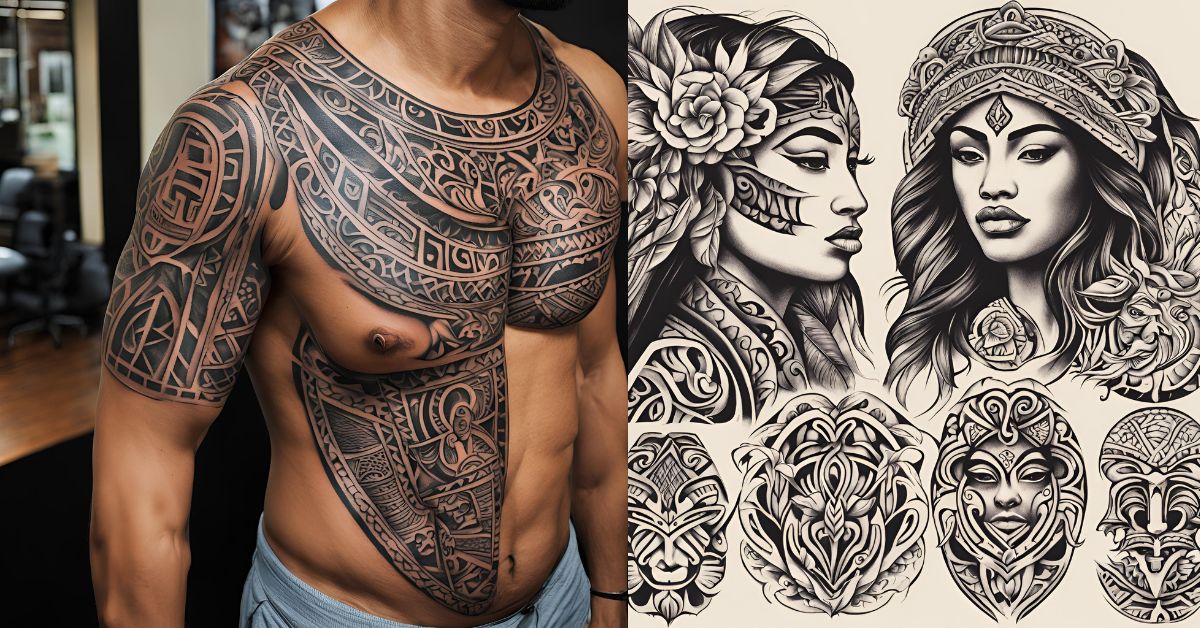
Polynesian inking is one of the most perplexing and socially critical shapes of body craftsmanship. The Polynesians accepted that inkings held otherworldly control and were a image of quality and boldness. Each plan told a story approximately the individual’s life, accomplishments, and status inside the tribe. The prepare of inking was a sacrosanct custom, regularly performed by high-ranking individuals of the community.
Japanese Irezumi

Japanese inking, known as Irezumi, has a long and complex history. At first, tattoos were utilized as a frame of discipline, but over time, they advanced into a regarded craftsmanship shape. Amid the Edo period (1603-1868), Irezumi got to be prevalent among the lower classes, counting laborers and firefighters. The complicated plans frequently portrayed legendary animals, such as winged serpents and koi angle, symbolizing quality, assurance, and great fortune.
Tattoos in Western Culture
European Traditions
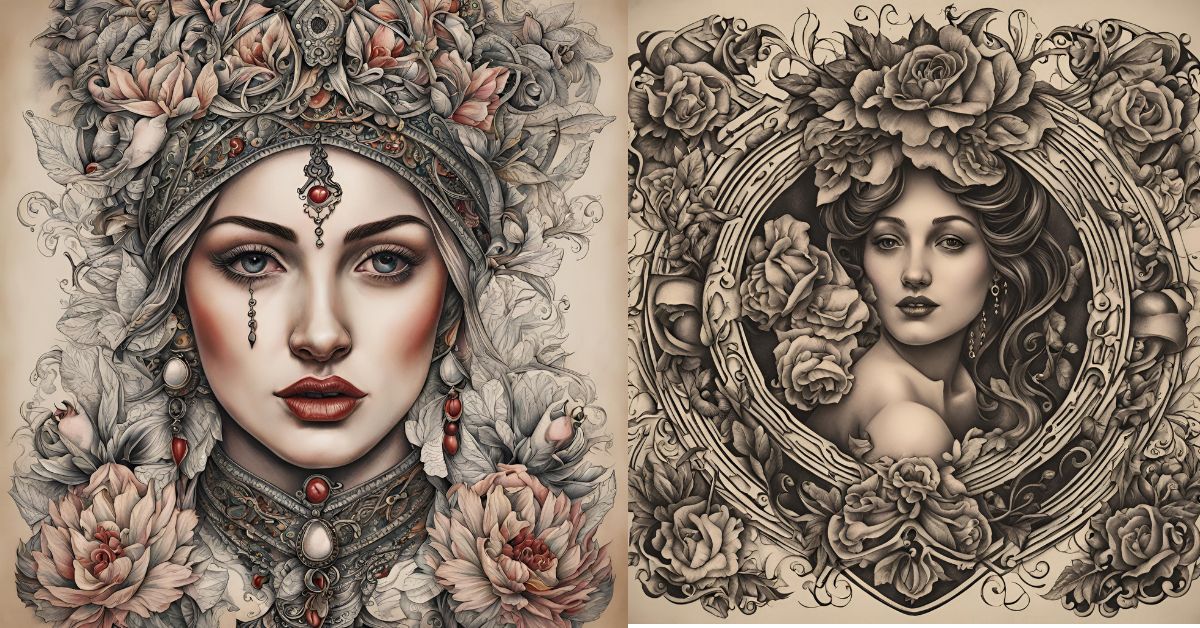
In Europe, inkings were to begin with presented by pilgrims and mariners who had experienced inked innate individuals amid their voyages. One of the most popular accounts is that of Captain James Cook, who experienced intensely inked Polynesians amid his voyages in the 18th century. These experiences started a interest with inkings among Europeans, especially mariners, who embraced the hone as a shape of distinguishing proof and protection.
Victorian Era
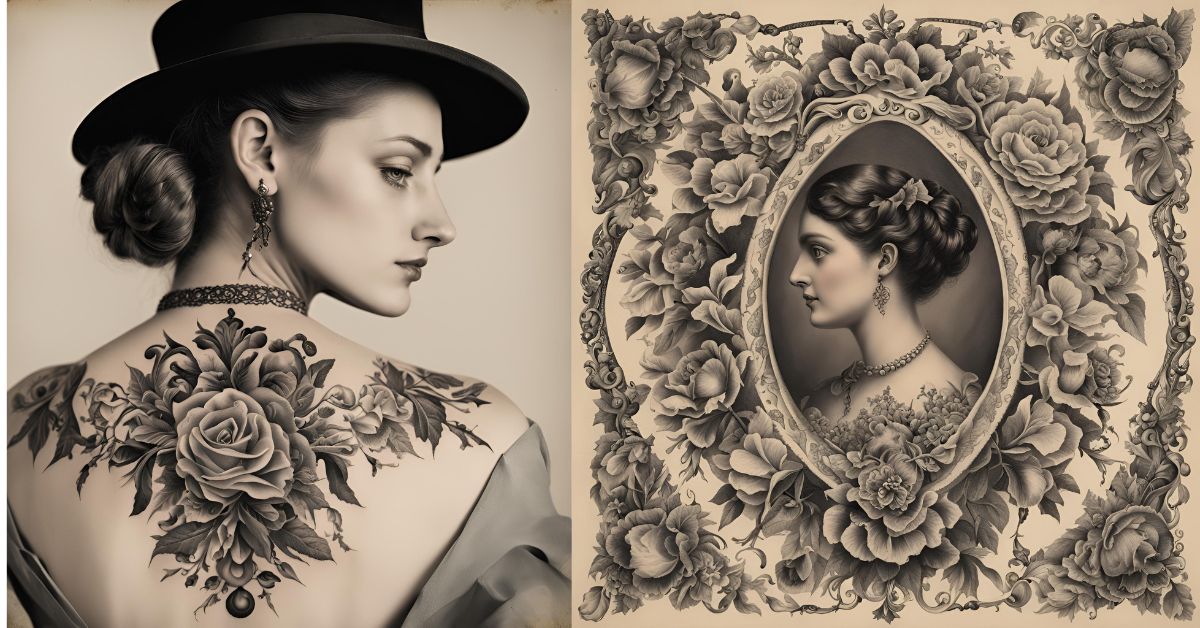
During the Victorian period, inkings got to be elegant among the European tip top. Eminence, counting England’s Ruler Edward VII, worn tattoos, which made a difference to decrease the disgrace related with the hone. In any case, tattoos were still generally considered a oddity and were not broadly acknowledged by standard society.
The Rise of Cutting edge Tattoo Art
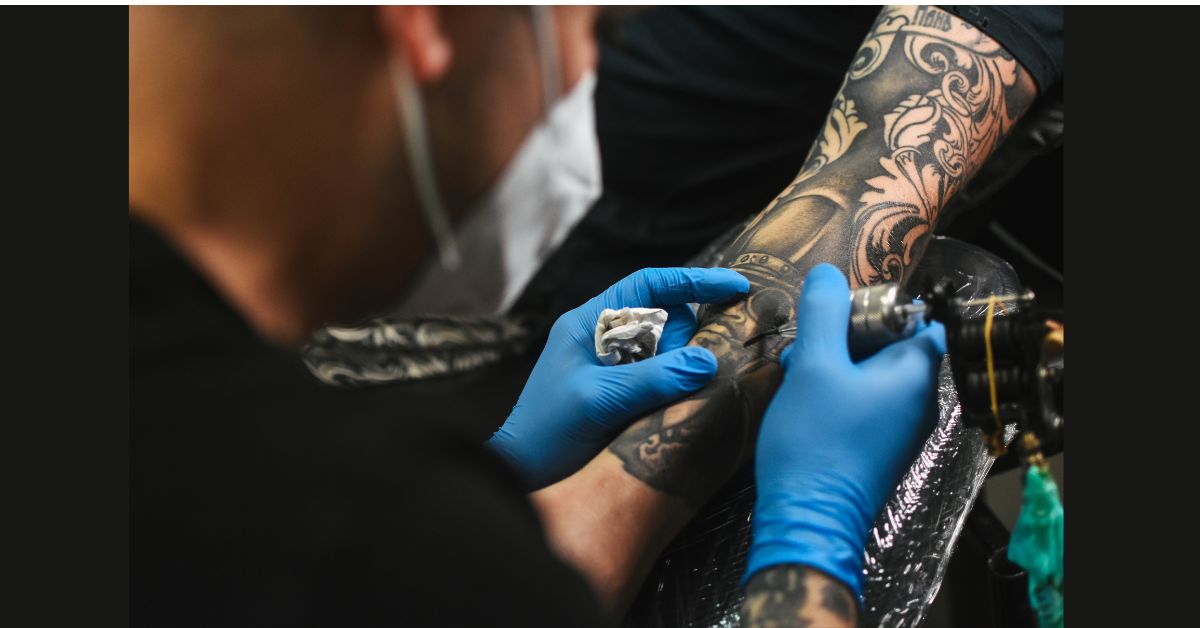
The 20th Century
The 20th century saw noteworthy changes in the discernment and hone of inking. The development of the electric tattoo machine by Samuel O’Reilly in 1891 revolutionized the industry, making tattoos more open and reasonable. This period too saw the rise of inking parlors and proficient tattoo artists.
The Counterculture Movement
In the 1960s and 1970s, inkings got to be a image of disobedience and counterculture. They were grasped by different subcultures, counting bikers, shake artists, and the LGBTQ+ community. inkings were utilized to express singularity, resist societal standards, and appear solidarity with marginalized groups.
Contemporary Tattoo Culture
Today, tattoos are more well known and acknowledged than ever some time recently. They have ended up a standard shape of self-expression, with individuals from all strolls of life getting inked. Present day tattoo specialists thrust the boundaries of inventiveness, utilizing progressed procedures and styles to make shocking works of craftsmanship on the skin.
Cultural Noteworthiness of Tattoos

Identity and Self-Expression
One of the most critical viewpoints of inkings is their part in personality and self-expression. For numerous individuals, inkings are a way to commemorate imperative occasions, honor cherished ones, or pass on individual convictions and values. The perpetual quality of tattoos makes them a capable image of commitment and identity.
Rituals and Traditions
In numerous societies, tattoos are an fundamentally portion of customs and conventions. For case, in Maori culture, inkings (known as ta moko) are considered a sacrosanct craftsmanship frame. They speak to the individual’s ancestry, social status, and individual accomplishments. The prepare of accepting a ta moko is exceedingly ceremonial, including supplication and ceremonial practices.
Social and Political Statements
Inkings have too been utilized as a frame of social and political commentary. All through history, individuals have utilized inkings to challenge against abuse, appear solidarity with social developments, and express political convictions. For occurrence, amid the Holocaust, tattoos were coercively connected to detainees in concentration camps, serving as a horrid update of the abominations committed amid that period.
Styles and Techniques
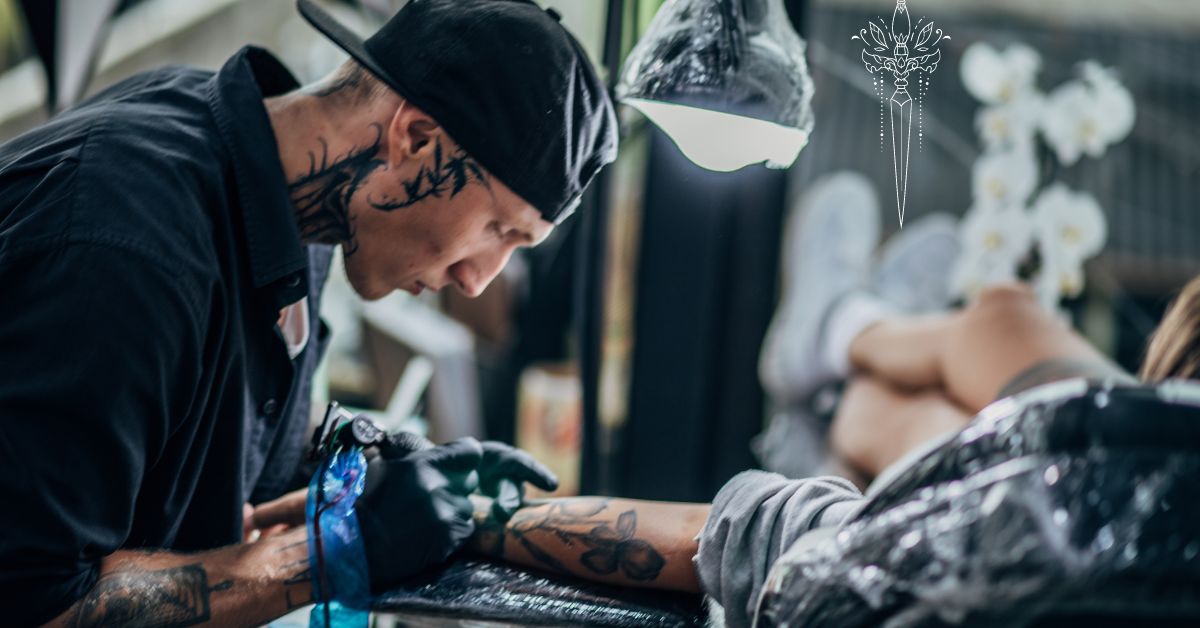
Traditional Tattoos
Traditional inkings , moreover known as American Conventional or Ancient School, are characterized by strong lines, dynamic colors, and famous plans. Common themes incorporate grapples, roses, hawks, and pin-up young ladies. This fashion has its roots in the early 20th century and remains prevalent for its ageless appeal.
Realism
Realistic inkings point to imitate similar pictures on the skin. This fashion requires a tall level of aptitude and consideration to detail. Specialists frequently make representations, nature scenes, and still-life compositions that see strikingly like photographs.
Japanese Tattoos
Japanese inkings are known for their complicated plans and typical implications. Well known themes incorporate winged serpents, koi angle, cherry blooms, and samurai warriors. These tattoos regularly cover expansive ranges of the body, making a cohesive and outwardly staggering narrative.
Blackwork
Blackwork tattoos are made utilizing as it were dark ink. This fashion includes a wide extend of plans, from geometric designs to unique craftsmanship. Blackwork tattoos are frequently striking and striking, making a solid visual impact.
The Inking Process
Consultation and Design
The inking prepare starts with a meeting between the client and the craftsman. Amid this stage, the client talks about their thoughts, inclinations, and any particular plans they have in intellect. The craftsman at that point makes a custom plan based on the client’s input.
Preparation
Before the inking starts, the craftsman plans the work region and guarantees that all gear is sterilized. The client’s skin is cleaned and shaved, if vital, to give a smooth surface for the inking .
Application
The real inking handle includes embeddings ink into the skin utilizing a tattoo machine. The craftsman carefully takes after the plan, utilizing diverse needle setups to accomplish different impacts. Depending on the complexity of the plan, the prepare can take a few hours or different sessions.
Aftercare
Proper aftercare is basic to guarantee the inking recuperates accurately and holds its quality. The craftsman gives informational on how to care for the inking , counting cleaning, moisturizing, and securing it from sun exposure.
The Future of Tattoos
Technological Advancements
The future of inking is likely to be molded by mechanical progressions. Advancements such as 3D printing and expanded reality may revolutionize the plan and application handle. Also, unused sorts of ink and strategies may rise, advertising indeed more imaginative conceivable outcomes for inking artists.
Continued Social Evolution
As inking proceed to pick up acknowledgment and ubiquity, their social importance will moreover advance. Inkings are likely to stay a capable shape of self-expression, reflecting the changing values, convictions, and characters of future generations.
FAQs
What is the most seasoned known tattoo?
The most seasoned known tattoos were found on the preserved body of Ötzi the Iceman, dating back to around 3370-3100 BC.
Why did old societies utilize tattoos?
Ancient societies utilized tattoos for different reasons, counting otherworldly convictions, helpful purposes, social status, and as a shape of punishment.
How did tattoos gotten to be prevalent in Western culture?
Tattoos got to be well known in Western culture through the impact of pilgrims and mariners who experienced inked inborn individuals amid their voyages. The hone was afterward received by European eminence and the counterculture movement.
What are a few well known tattoo styles?
Some prevalent tattoo styles incorporate conventional tattoos, authenticity, Japanese tattoos, and blackwork.
How can I guarantee my tattoo mends properly?
To guarantee legitimate recuperating, take after your artist’s aftercare enlightening, which regularly incorporate cleaning, moisturizing, and ensuring the tattoo from sun exposure.
Conclusion
Exploring the history and social importance of tattoos: from antiquated conventions to cutting edge craftsmanship uncovers a wealthy embroidered artwork of human expression and imagination. Tattoos have advanced from old hones with profound otherworldly implications to a celebrated shape of modern craftsmanship. They proceed to serve as capable images of character, self-expression, and social commentary. As innovation progresses and social recognitions move, inkings will without a doubt stay a energetic and indispensably portion of human culture.
In “Investigating the History and Social Noteworthiness of inkings ,” we’ve traveled through time to get it how tattoos have molded and been formed by different social orders. Whether as a shape of custom, disobedience, or craftsmanship, tattoos hold a interesting put in our collective human involvement.

